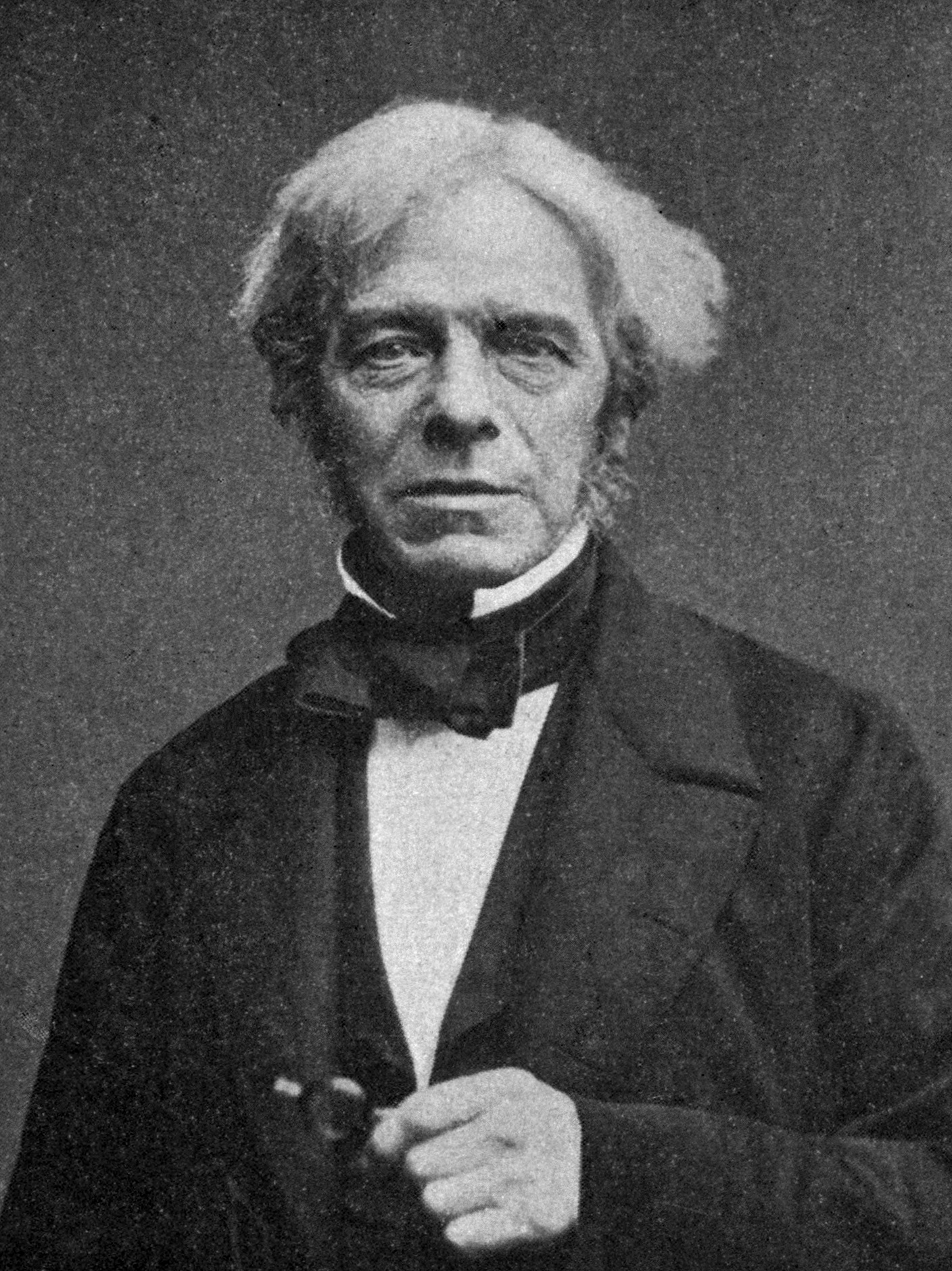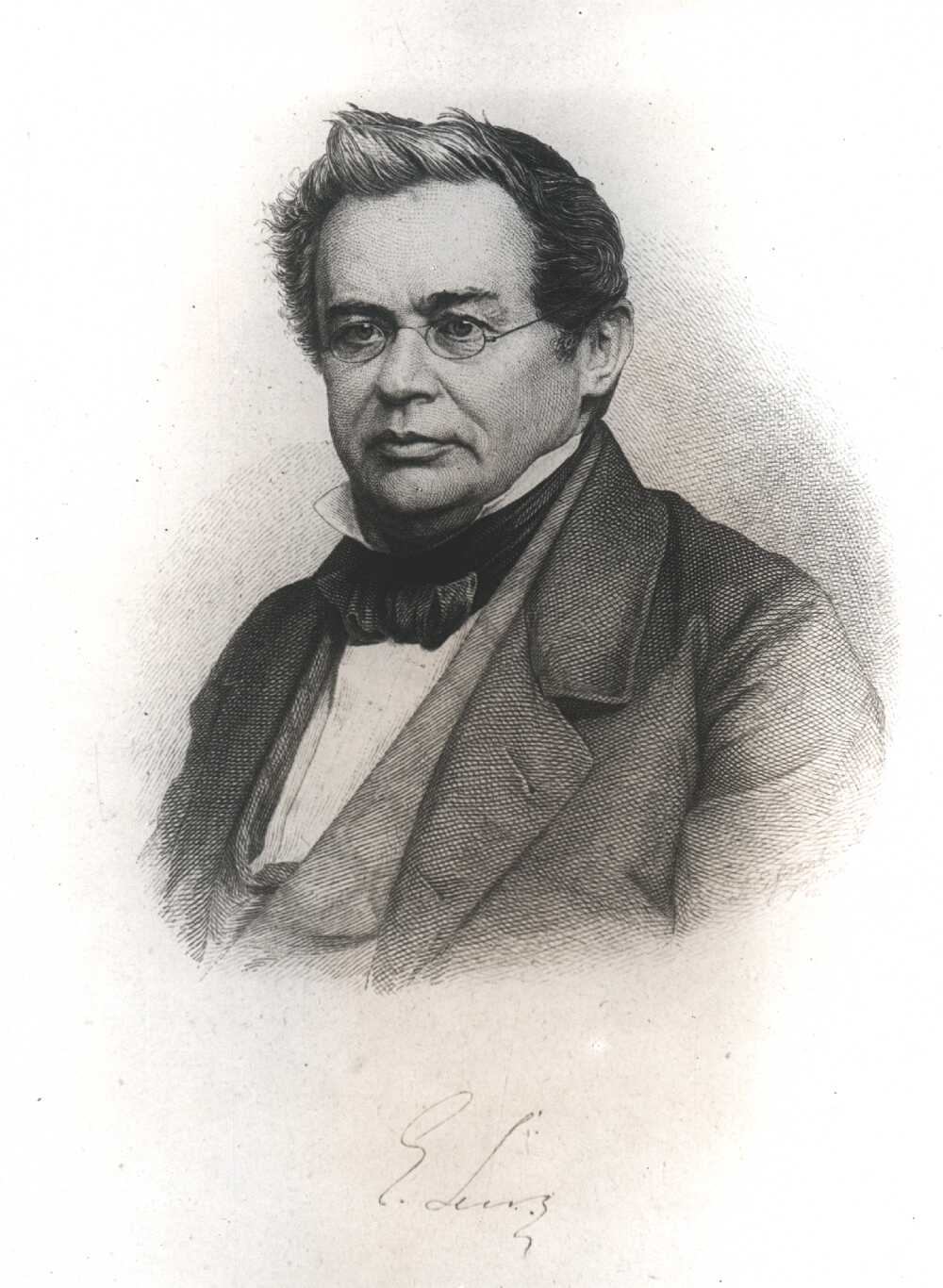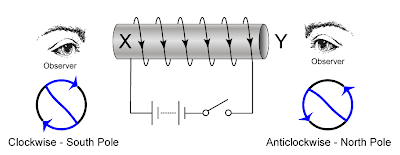Hydroelectric
The advantages of using hydroelectric as a source of energy to generate electricity are.
- It is renewable energy.
- Building a dam does not pollute the environment.
- In a lot of countries, water can be easily obtained and is free.
- Building a hydroelectric plant does not involve very high technology as a nuclear power plant.
The disadvantages of using hydroelectric as a source of energy are.
- Building a dam will cause a large area flooded with water, and hence seriously destroys the ecosystem nearby.
- The flooded area causes the loss of wildlife habitat and agriculture land.
- Dam failure happens will cause a disaster to the lower reaches area of the river.
- The cost to build a dam is very high.















